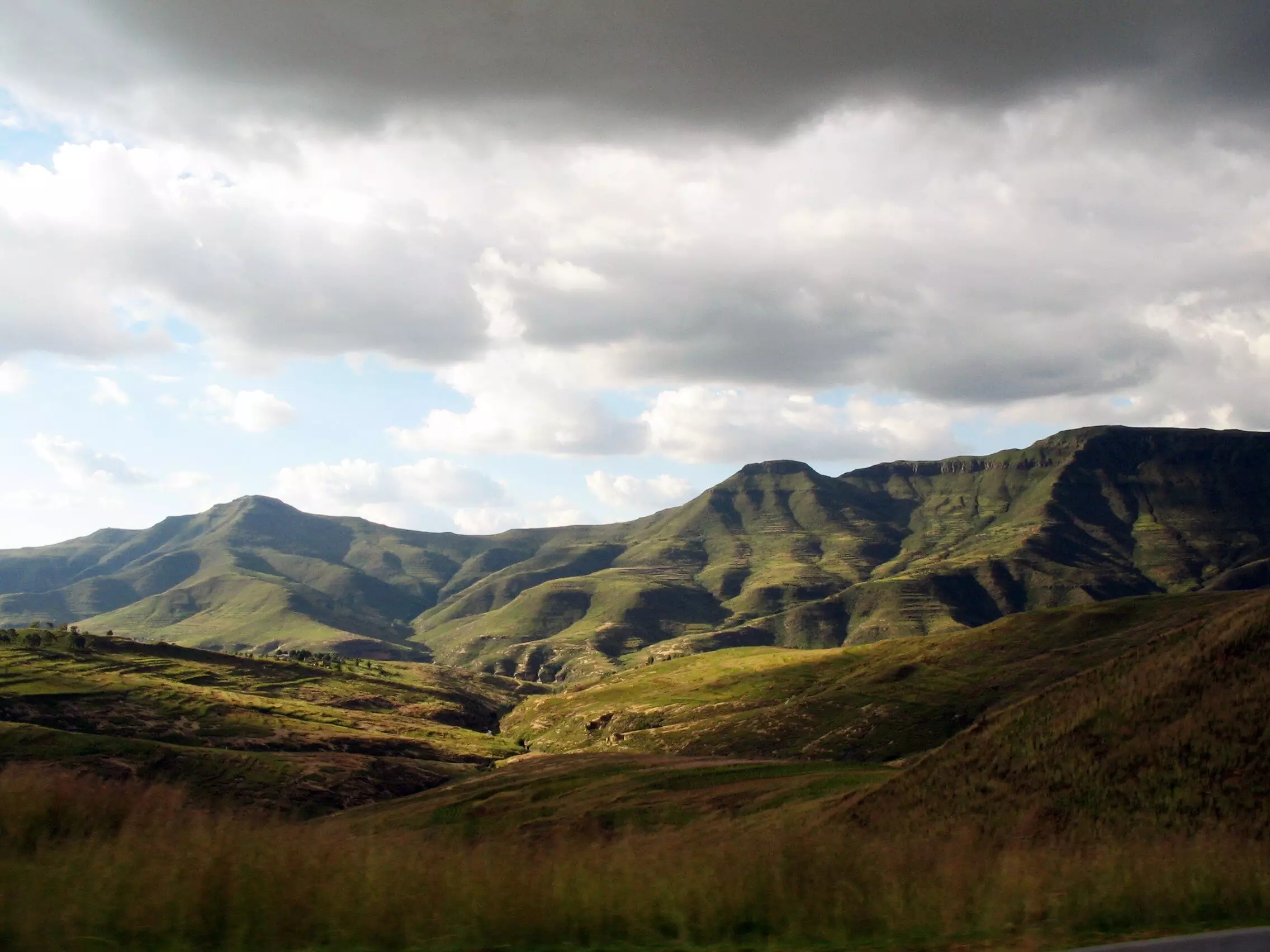Recent research conducted by scientists from the University of Southampton has shed light on a significant enigma within plate tectonics: the mechanisms driving the gradual uplift of stable portions of continents. This research not only addresses longstanding questions about Earth’s geological evolution but also reveals how these movements contribute to the formation of striking geographical features, such as escarpments and plateaus, that play critical roles in the planet’s ecology and climate.
Scientists have long recognized that the dynamics of continental plates are intricate, with movements that can lead to the emergence of dramatic topographical formations. The study, published in the journal Nature on August 8, 2023, was led by Tom Gernon, a Professor of Earth Science. According to Gernon, the team’s findings reveal the relationship between continental rifting and the uplift of regions distanced from tectonic plate boundaries, thus clarifying why certain landscape features exist far from the stress zones associated with plate interactions.
The research delves into the phenomenon of continental rifting, where tectonic plates fracture and pull apart. This fundamental process triggers seismic and geological waves deep within the Earth, leading to substantial rises in continental surfaces—sometimes exceeding one kilometer. Understanding this process required a collaborative effort from experts across several institutions, including researchers from the Helmholtz Centre Potsdam and the University of Birmingham.
One of the prevailing discoveries was how the stretching of continental crust initiates movements in the mantle, the layer of Earth situated between the crust and the core. A critical analysis of these mantle responses revealed an interesting analogy: the movements could be likened to the action of a sweeping motion that disturbs the foundational layers of the continents. From this perspective, the upward movement of cratons—stabilized sections of the continental crust—can be significantly affected by rifting events, fundamentally altering long-held assumptions about their stability.
The team employed advanced computer models to simulate these geological processes. Their simulations indicated a direct correlation between the speed of mantle waves and the timing of significant erosion events observed in regions like Southern Africa, particularly following the breakup of the ancient supercontinent Gondwana. This finding supports the hypothesis that the Great Escarpments, such as those encircling South Africa, originated at the peripheries of ancient rift valleys. These steep geological features encapsulate the results of complex transformations rippling through the Earth’s crust over time.
The process of isostasy—a term used to describe the equilibrium that allows continental surfaces to rise after shedding weight—was highlighted as foundational to the observed geological uplift. As mantle waves propagate beneath the continents, they act like a buoyant force, lifting the surface as layers of rock are eroded. This dual dynamic forms extensive elevated regions characterized by plateaus, significantly reshaping the continent’s topography.
The implications of these findings extend beyond mere geological curiosity. The researchers posited that the same mantle disturbances responsible for bringing diamonds closer to the Earth’s surface also influence larger continental landscapes. The sequences of events initiated by rifting have extensive repercussions, potentially altering regional climates, biodiversity, and human settlement patterns.
Professor Sascha Brune indicated that the study proposes a model in which convective systems initiated by rifting can affect the upper mantle, leading to significant changes in Earth’s surface features. The researchers argued for the notion that ancient climates may have been similarly disrupted by rifting processes, suggesting an interconnectivity between geological movements and climate dynamics.
Ultimately, the University of Southampton’s research offers a compelling new narrative regarding the traditional understanding of continental stability. By linking rifting events to the vertical movements of seemingly stable cratons, the study enlightens discussions around not only geological formations but also how contemporary ecosystems may be influenced by the Earth’s geological history.
In essence, this pioneering work exemplifies how breakthroughs in scientific understanding can reshape our perspectives on Earth’s complexities. It encourages further exploration into the intricate interplay between geological processes and their far-reaching impacts across various facets of terrestrial life. As the dimensions of the Earth’s surface continue to shift and evolve, continued inquiry will be paramount in unraveling the relationships between plate tectonics, regional climates, and ecological balance.


Leave a Reply